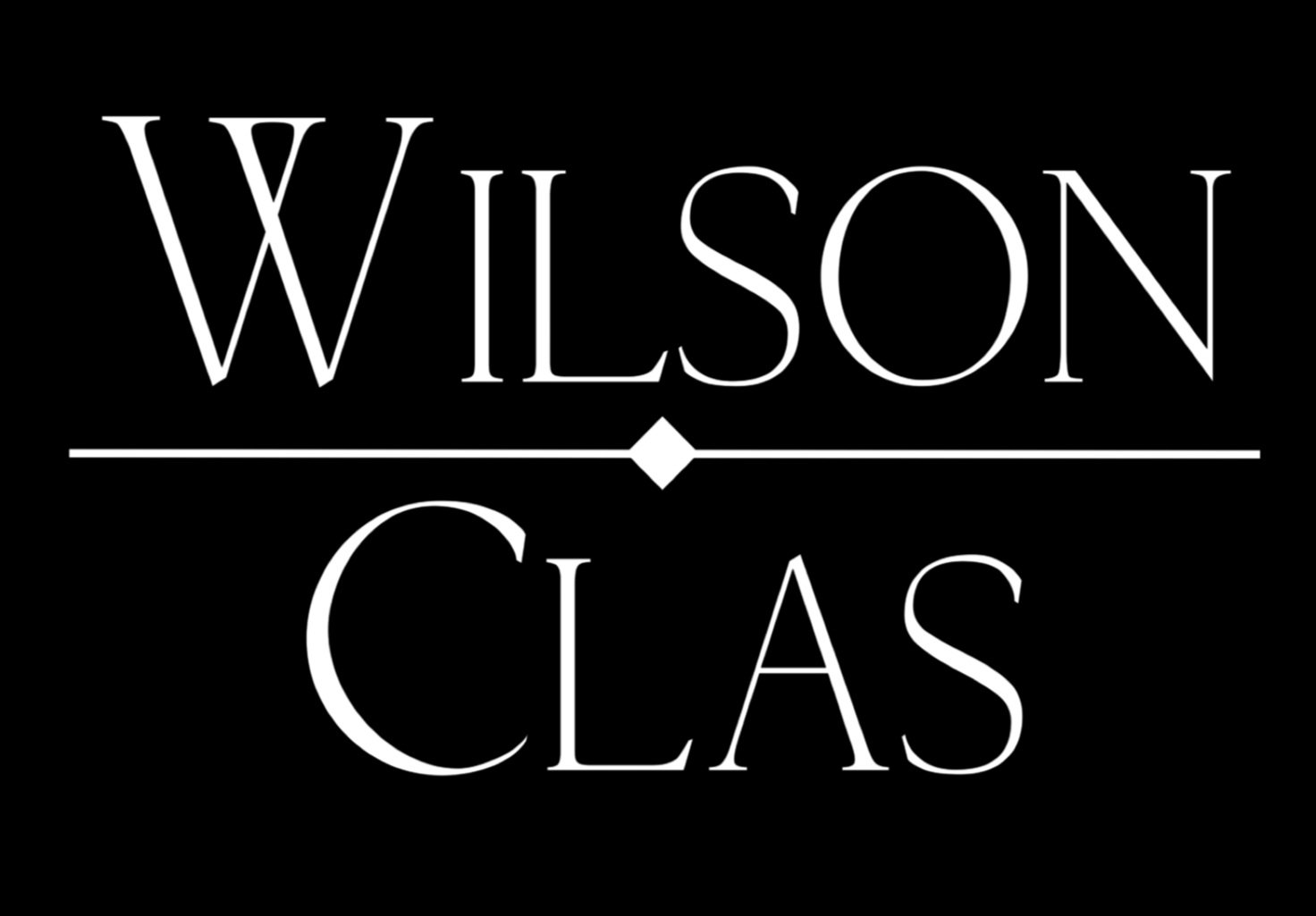Title IX Standards of Proof: Clear & Convincing Evidence and Preponderance of the Evidence
Per the Department of Education’s May 6, 2020 regulations regarding Title IX, colleges and universities throughout Minnesota had until August 14, 2020 to implement new policies that comported with the amended federal regulatory guidance. Among those requirements, Minnesota colleges and universities were obligated to formally adopt a standard of proof to apply during Title IX proceedings. The Department of Education provided that colleges and universities could select either proof by a preponderance of the evidence, or proof by clear and convincing evidence, as long as the same standard was applied across the board during the school’s other disciplinary proceedings.
A standard of proof is an important legal concept. Most people are familiar with the standard of proof in the criminal context—“proof beyond a reasonable doubt”—which is one of the highest standards of proof in our legal system. A prosecutor in the State of Minnesota cannot secure a valid criminal conviction against an individual if they fail to prove guilt beyond a reasonable doubt.
Unlike criminal trials, Title IX proceedings are civil in nature. As with a criminal trial, however, the standard of proof in the context of Title IX is important. Theoretically, educational institutions cannot impose disciplinary sanctions (suspension, expulsion, academic probation, termination of employment in the case of a professor or other faculty member, etc.) unless sufficient proof is put forth to establish that the Title IX violation(s) occurred.
Whereas proof beyond a reasonable doubt is an very stringent burden of proof, the civil standards applicable in the Title IX context are less stringent. If ranking the burdens of proof, proof by clear and convincing evidence is higher than proof by the preponderance of the evidence.
As both burdens of proof are legal concepts, they both have well-established and well-litigated legal definitions. Boiled down to its most simple definition, proof by a preponderance of the evidence means ‘proof exists that the allegations are more likely than not to be true’ based on the evidence presented. Clear and convincing proof, on the other hand, means that the evidence presented must be highly and substantially more probable to be true than not.
An important distinction is that standards of proof are typically only met in legal proceedings by the presentation of evidence, which is another legal concept that is insufficiently addressed in the context of Title IX. Minnesota Title IX defense attorneys and lawyers acting as a student’s or professor’s advisor can often argue, based on well-settled legal concepts, that allegations, prior conduct, statements, text messages, or other types of “proof” are legally insufficient evidence on which to even base a violation or discipline.
Regardless that evidentiary issue, however, Minnesota colleges have moved forward with complying with the new DoE regulations. Schools like St. Olaf College and Carleton College in Northfield, Minnesota, have opted to use the lower standard of proof—proof by the preponderance of the evidence—in their Title IX proceedings. Likewise, the University of Minnesota, Macalester College, and Gustavus Adolphus College have opted for the preponderance of the evidence standard of evidence.
Other Minnesota colleges in Minneapolis and elsewhere that have opted to utilize the preponderance of the evidence standard include: Concordia University, St. Cloud State University, the University of Minnesota Duluth, and St. Thomas University.
Wilson Criminal Defense has yet to encounter a college of university in Minnesota that chose not to impose the lowest possible burden of proof in Title IX proceedings.
This could be a problem. One key issue with forcing colleges and universities to impose and enforce a well-established standard of legal proof in Title IX proceedings is that most Title IX coordinators and Title IX boards have no legal training whatsoever. Burdens of proof are nuanced legal concepts and even lawyers and judges throughout Minnesota sometimes fail to apply them correctly. The Title IX Board at Concordia University, for example, is made up of 8 individuals including:
The director of security
The director of athletics
The director of international student relations, and
An assistant professor of business.
https://www.concordia-ny.edu/student-life/title-ix#Title%20IX%20Committee%20Members
They are not lawyers; they are not judges, and they are not being directly supervised by either lawyers or judges.
Apart from the chance that these boards fail to appreciate the nuances of a complicated and ages-old legal construct like a burden of proof, another issue is whether a college that opts to apply a specific burden of proof will in fact honor that burden of proof during Title IX proceedings. Put another way, in a he-said, she-said between two college students who had both been drinking, on what principles is a board with no legal training to determine whether sufficient proof exists to impose discipline or dismiss the accusations? What evidence is admissible? What evidence is weighty? What evidence is more or less inherently trustworthy? What physical evidence or documents should be considered? What should be disregarded?
Ensuring that Title IX boards, investigators, and coordinators don’t knee-jerk and “err on the side of caution,” it is critical for accused students and professors to secure competent Title IX representation. A Title IX lawyer in Minnesota will raise these issues, and ensure that the college’s selected standard of proof isn’t illusory. In other words, the importance of a legally trained advocate with experience handling Title IX proceedings is that we are familiar with standards of proof, we know the differences between the myriad standards of proof, and we know how to argue against them.

